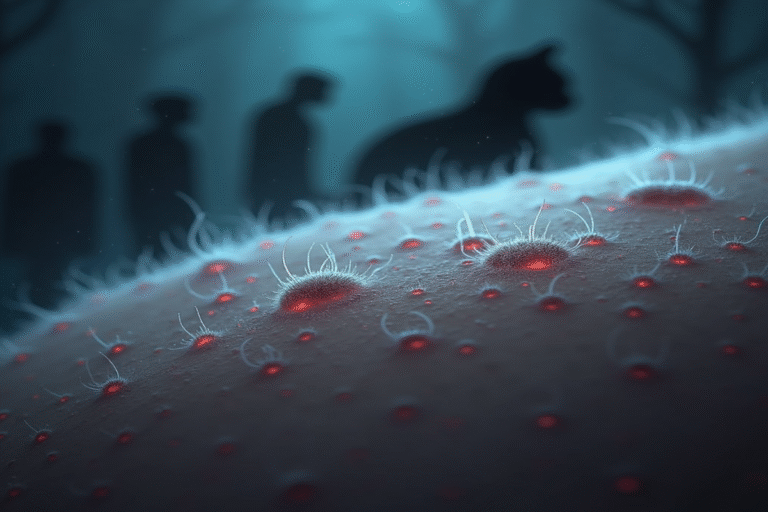Have you ever noticed those tiny bumps that suddenly appear on your skin when you step out into the cold or watch a scary movie? That fascinating phenomenon is known as goosebumps (or cutis anserina, if you want to impress your friends with the scientific term). But why exactly does our body react this way, and what purpose does it serve?
The Biology Behind the Bumps
Goosebumps occur due to a physiological process called the pilomotor reflex. When triggered, tiny muscles called arrector pili, which are attached to each hair follicle, contract involuntarily. This contraction pulls the hair follicle upright, creating that characteristic bumpy appearance on your skin. Simultaneously, the surrounding skin tissue bunches up, forming the goosebump.
This reflex is controlled by your sympathetic nervous system—the same part responsible for your “fight-or-flight” response. That’s why goosebumps can appear not just from cold, but also from intense emotions like fear or awe.
An Evolutionary Time Capsule
What makes goosebumps truly fascinating is that they’re essentially an evolutionary relic—a biological response that was much more useful to our hairier ancestors than to us today. When early humans faced cold temperatures, this reflex would cause their thicker body hair to stand on end, creating a layer of insulation that trapped warm air against the skin.
Similarly, when threatened, the raised hair would make our ancestors appear larger and more intimidating to potential predators—just like how a frightened cat’s fur stands on end. While we’ve lost most of our body hair through evolution, the mechanism remains hardwired into our bodies.
The Cold Connection
When your body detects a drop in temperature, thermoreceptors in your skin send signals to your brain, which then activates the pilomotor reflex. For our prehistoric ancestors covered in thick hair, this created effective insulation. For us modern humans, however, goosebumps are largely ineffective for warming us up—although the muscle contractions themselves do generate a small amount of heat.
Interestingly, some researchers believe that shivering, which happens in extreme cold, evolved as a more effective way to keep warm after humans lost their thick body hair.
The Fear Factor
When you’re scared or sense danger, your body releases stress hormones like adrenaline, triggering your sympathetic nervous system. This starts various changes preparing you for fight or flight: increased heart rate, heightened senses, and yes—goosebumps.
This response comes from a time when appearing larger through raised hair could mean the difference between life and death when facing a predator. Today, our goosebumps during a horror movie are just echoes of this ancient survival mechanism.
Beyond Cold and Fear: Emotional Goosebumps
Perhaps most intriguingly, humans also experience goosebumps during powerful emotional experiences—while listening to moving music, witnessing acts of extraordinary kindness, or during moments of spiritual significance. Scientists call this phenomenon “aesthetic chills” or “frisson.”
This emotional response may be uniquely human, representing an evolutionary repurposing of the pilomotor reflex. Research suggests these emotional goosebumps are connected to the release of dopamine—the same neurotransmitter involved in pleasure and reward.
Fascinating Goosebump Facts
- Not everyone experiences emotional goosebumps. Studies suggest only about 55–86% of people report getting them from music or other emotional stimuli.
- Goosebumps typically spread in waves across your body, usually starting at the base of your neck and upper arms.
- Some animals, like porcupines, have evolved specialized muscles that can raise their quills individually—a much more advanced version of our goosebump reflex.
- The scientific term “horripilation” also refers to the phenomenon of goosebumps.
Next time you notice those tiny bumps rising on your skin—whether from a cold breeze, a frightening film, or a particularly moving piece of music—take a moment to appreciate this small but remarkable connection to our evolutionary past. Goosebumps are a beautiful example of how our bodies carry the imprints of our ancestors, linking us to both the natural world and our distant human predecessors in a surprisingly visible way.





